The Society for Neuroscience presented the Swartz Prize for Theoretical and Computational Neuroscience to Nancy Kopell, a Boston University William Fairfield Warren Distinguished Professor and College of Arts & Sciences professor of mathematics, at its annual meeting in San Diego in November. The society is the world’s largest organization of scientists and physicians devoted to understanding the brain and nervous system. The $25,000 award is supported by the Swartz Foundation.
“Dr. Kopell is deserving of this prize for her pioneering and influential role in the field of computational neuroscience, as well as the strength of her collaborations and mentoring,” says society president Hollis Cline, the Hahn Professor of Neuroscience at the Scripps Research Institute in La Jolla, Calif., who described Kopell as “an original, rigorous thinker investigating the patterns of complex brain dynamics.”
“The department is thrilled that Nancy has been given this lifetime achievement award recognizing her decades as a pioneer modeling brain rhythms,” says Tasso Kaper, a CAS professor and chair of the mathematics and statistics department. “Her work has had a profound impact on our understanding of the network dynamics of connected brain cells, and of the regulatory effects of the many different types of ions and chemicals in our brains.”
Kopell’s work has revealed how rhythmic patterns in the brain generated by individual neurons and networks of neurons are altered by diseases such as Parkinson’s and schizophrenia, and how they change as anesthetic drugs are administered to patients and they lose consciousness. Kaper says Kopell has worked on a long list of fundamental problems, and she has also studied the importance of these brain rhythms in human sleep cycles and in animals and how they move.
“A critical aspect underlying the success of her research is that she does not do the modeling in isolation or in the abstract,” Kaper says. “Rather, she collaborates actively with many leading neuroscientists, conducting jointly theoretical and experimental studies. This way, there is a genuine two-way street between the experiments and the models, with the experimental results improving the model, in one direction, and the modeling work helping to explain the experimental results and suggesting new experiments, in the other direction.”




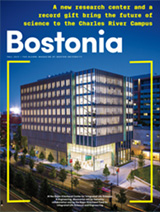



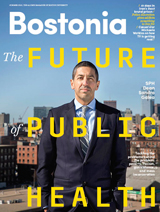

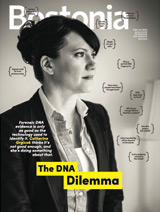

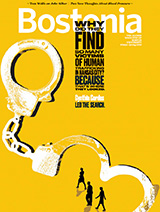

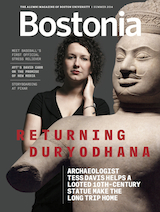

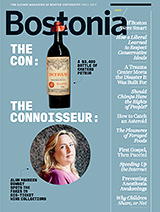
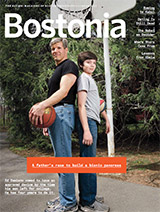






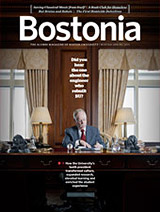
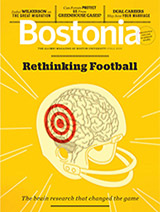




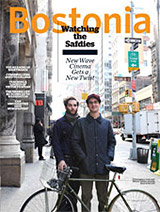
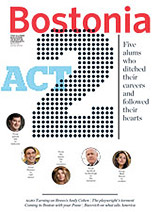



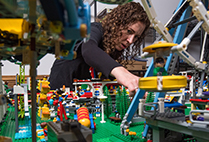



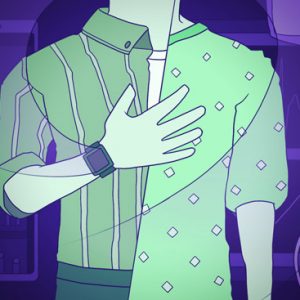





Related Stories
Kopell Wins Israeli Nonprofit’s Mathematical Neuroscience Prize
Honors research in brain dynamics underlying cognitive function
CAS Prof Wins NSF CAREER Award
Mark Kramer explores brain mechanisms behind epileptic seizures
Young Mathematician Wins Clare Boothe Luce Assistant Professorship
Jennifer Balakrishnan recognized for research in number theory and mentorship of women in STEM
Post Your Comment